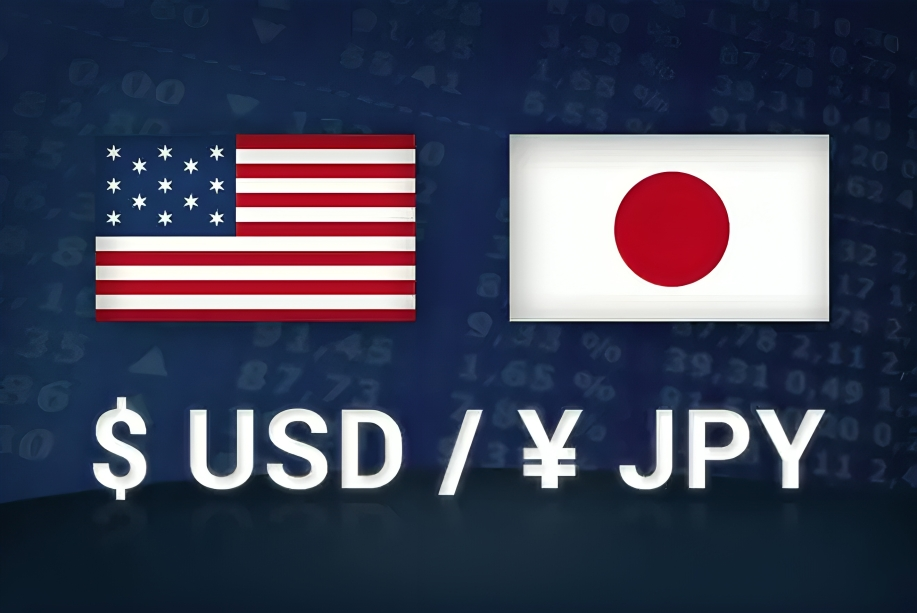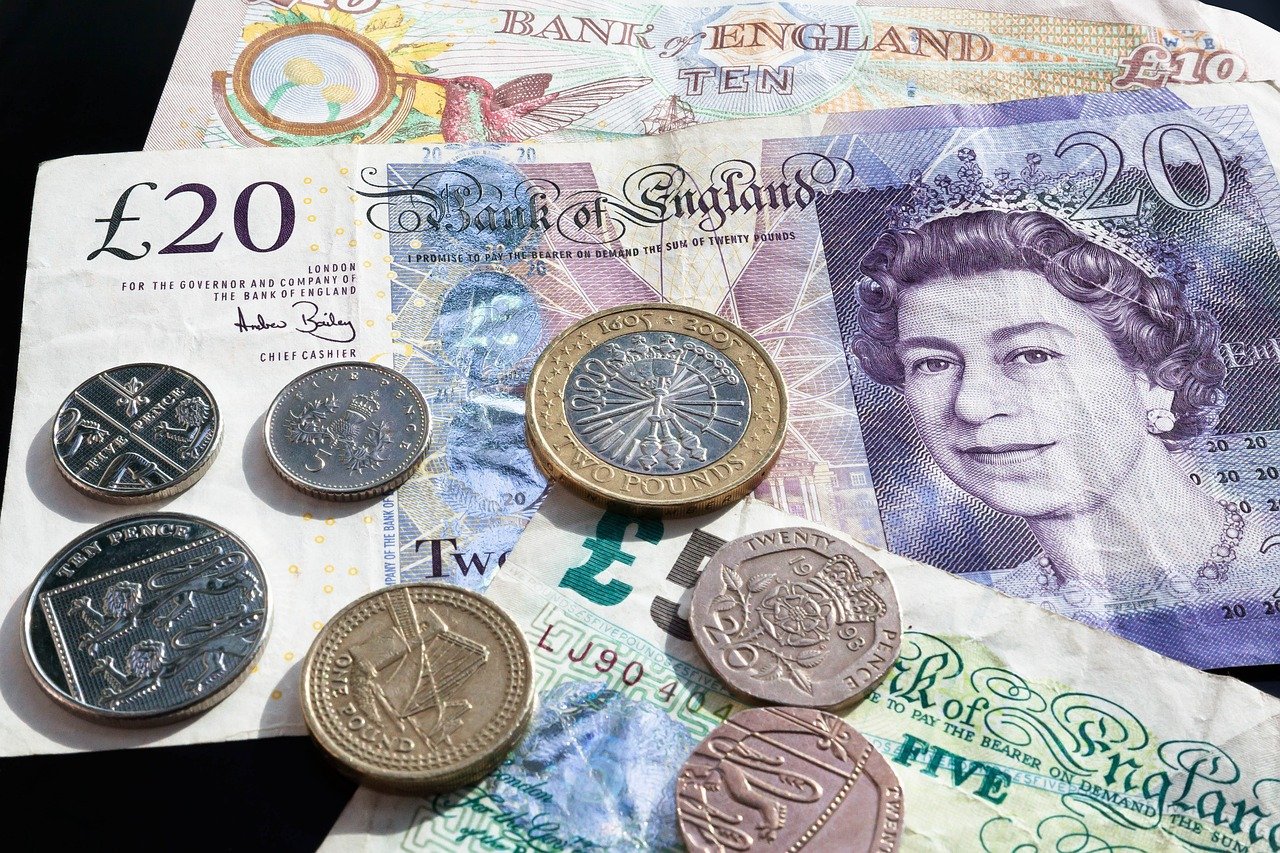EURUSD Stays Weak on ECB Dovish Bets and a Firm US Dollar
The EUR/USD currency pair is facing tough times, hovering near the critical 1.0800 support level. A combination of factors such as the dovish stance of the European Central Bank (ECB) and a strong US Dollar is applying pressure. As traders brace for potential interest rate cuts from the ECB in December, the pair remains vulnerable. In contrast, the US Dollar is benefitting from heightened expectations that the Federal Reserve (Fed) will take a more moderate approach to policy easing, bolstering the Greenback’s strength.
ECB’s Dovish Outlook and its Impact on EUR/USD
ECB Rate Cut Expectations in December
The EUR/USD pair continues to feel the heat as traders anticipate another rate cut by the ECB in December. This would mark the fourth cut this year as the ECB faces growing economic risks in the Eurozone. The central bank is likely to maintain its dovish approach, primarily due to subdued inflationary pressures and sluggish economic growth in the region. Market participants are increasingly pricing in this possibility, leading to a fragile Euro.
ECB President Christine Lagarde is expected to provide fresh cues on the interest rate outlook during her upcoming speech. Traders will pay close attention to her remarks, especially after recent dovish comments from other ECB policymakers. The central bank’s goal is to maintain inflation near its 2% target, but with the ongoing economic slowdown, there is pressure to continue easing monetary policy to stimulate growth.
European Economic Slowdown
The Eurozone’s economic struggles are further highlighted by weak data releases. Germany, the region’s largest economy, reported a sharper-than-expected decline in the Producer Price Index (PPI), which dropped by 1.4% year-over-year in September. This reflects weak demand and the inability of producers to raise prices due to falling consumer spending. As household spending remains low, it adds to the ECB’s concerns, making rate cuts a more likely option to support the economy.
Mixed Signals from ECB Policymakers
Recent comments from key ECB officials have provided a mixed picture of the central bank’s stance. Slovak central bank chief and ECB policymaker Peter Kazimir expressed confidence that the disinflation trend is well on track. However, he urged caution, stating that more evidence is needed before declaring inflation under control.
On the other hand, Lithuanian central bank governor Gediminas Šimkus hinted at the possibility of rates falling below the “natural level” if disinflation persists. According to Šimkus, the natural level of interest rates lies between 2% and 3%, but further easing could be necessary if inflation continues to recede. These mixed messages from ECB officials contribute to the uncertainty surrounding EUR/USD, keeping the currency pair on the back foot.
US Dollar Strength and its Influence on EUR/USD
Strong US Dollar Amid Political and Economic Factors
While the Euro grapples with the possibility of rate cuts, the US Dollar remains strong. The US Dollar Index (DXY), which measures the Greenback against a basket of six major currencies, continues to trade near its 11-week high, around 104.00. Several factors are supporting the US Dollar, including political uncertainty in the US and growing expectations that the Fed will implement a slower rate-cut cycle than previously anticipated.
As the US presidential election approaches, tensions are rising. The latest polls indicate a tight race between former President Donald Trump and Vice President Kamala Harris. If Trump wins, markets expect a rise in import tariffs, which could further drive up inflation. This could force the Fed to reconsider its easing stance and potentially hike rates again. Such a scenario is keeping the US Dollar firm.
Fed’s Gradual Rate Cut Path
Despite the political backdrop, the Fed is widely expected to cut rates by 25 basis points (bps) in both November and December. However, there is speculation that these cuts will be more gradual than initially expected. Investors are confident in the resilience of the US economy following positive data releases, such as September’s Nonfarm Payrolls (NFP), ISM Services PMI, and Retail Sales. This strong economic performance reduces the need for aggressive rate cuts, providing further support to the US Dollar.
Fed officials, including Chair Jerome Powell, have suggested that a slower, more measured rate-cut path is appropriate. This dovish-yet-gradual approach contrasts with the more aggressive cuts anticipated from the ECB, helping the US Dollar maintain its recent gains.
Market Movers to Watch
Lagarde’s Interview and IMF Panel
One of the key events for EUR/USD traders this week will be Christine Lagarde’s interview with Bloomberg, followed by her participation in a panel discussion during the International Monetary Fund (IMF) meeting. Traders are eagerly awaiting any new guidance from Lagarde regarding the ECB’s future monetary policy, particularly in light of the upcoming December rate decision.
S&P Global Purchasing Managers Index (PMI)
Another critical data release this week will be the preliminary S&P Global Purchasing Managers Index (PMI) for October. Scheduled for Thursday, the PMI data will provide insights into the health of the US economy and could have a significant impact on Fed policy expectations. Strong PMI figures could bolster the US Dollar further, while weaker-than-expected data could offer some relief to the Euro.
Technical Outlook: EUR/USD Struggles Below Key Levels
Immediate Support at 1.0800
From a technical perspective, EUR/USD continues to trade near critical support at 1.0800. The pair has struggled to gain momentum in recent sessions, weighed down by both fundamental and technical factors. The 1.0800 level represents a significant psychological threshold, and a decisive break below this level could trigger further selling pressure.
Bearish Indicators
The EUR/USD pair remains below its 200-day Exponential Moving Average (EMA), which currently sits around 1.0900. This key technical indicator suggests a bearish trend, as the pair has failed to recover after breaking down from a Double Top formation near 1.1000 in mid-September.
Additionally, the 14-day Relative Strength Index (RSI) has dipped below 30.00, indicating oversold conditions. While this suggests that a recovery may be on the horizon, the overall outlook remains bearish as long as the pair stays below the 200-day EMA.
Support and Resistance Levels
On the downside, the next significant support level is near 1.0750, which is aligned with an upward-sloping trendline plotted from the October 3 low of 1.0450. If the pair breaks below this support, it could open the door to further losses.
On the upside, resistance is seen near the psychological level of 1.1000, which also coincides with the 200-day EMA. For a sustained recovery, EUR/USD will need to break above these levels, but for now, the pair remains under pressure.
EUR/USD Faces a Difficult Path Ahead
In summary, EUR/USD remains under significant pressure due to the ECB’s dovish outlook and a strong US Dollar. While political uncertainty and economic resilience in the US support the Greenback, the Euro struggles with weak economic data and the prospect of further rate cuts from the ECB. From a technical standpoint, the pair is in a bearish trend, with key support at 1.0800 and resistance at 1.1000. Traders will be closely watching upcoming events, including Lagarde’s speech and US PMI data, for further direction.




